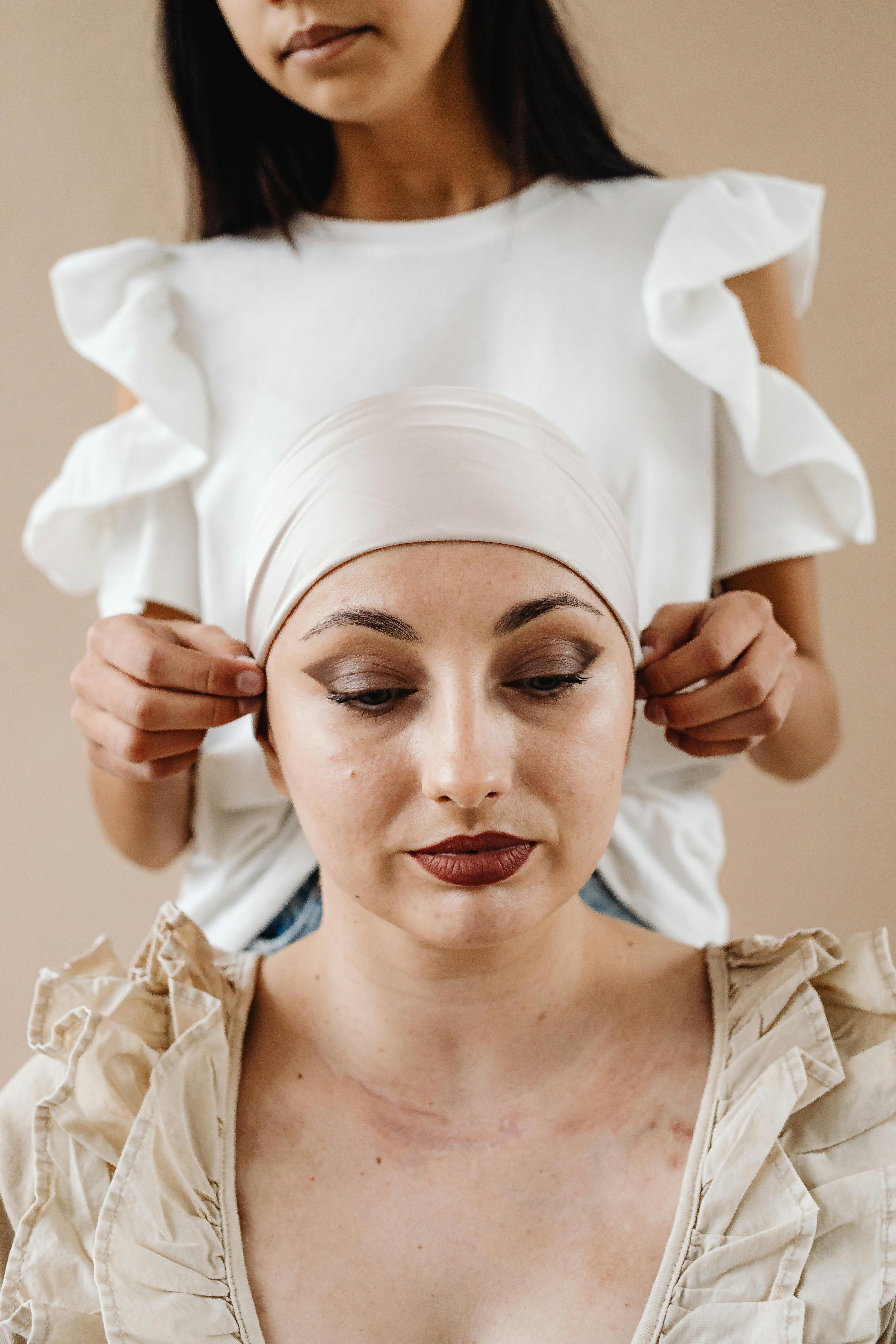Smart Ways to Draw a Brain in 2025: Discover Proven Techniques

Apply Now


Smart Ways to Draw a Brain in 2025: Discover Proven Techniques
Drawing a brain can seem like a daunting task, but with the right techniques and guidance, it can be an enjoyable process. This article aims to provide a comprehensive guide on how to draw a brain using various styles and methods that cater to both beginners and experienced artists alike. Whether you're interested in realistic illustrations, cartoon representations, or artistic interpretations, there’s something for everyone here. The importance of understanding the anatomy of the brain and its structure cannot be overstated. Mastering these fundamentals enhances your ability to create compelling art that reflects not just an image, but the essence of what the brain represents – thoughts, emotions, and mental health. Not only will this article outline basic drawing techniques and advanced strategies, but it also offers inspiration for creative projects involving brain illustrations. From using color techniques to creating textures, this guide will empower you with the knowledge needed to express your creativity. So grab your pencils, open your mind, and let's dive into the world of brain drawing!Essential Techniques for Drawing a Brain Step by Step
In this section, we will cover how to draw a brain step by step, providing you with a solid foundation to build upon. We'll break down the process into easy-to-follow stages, which will help simplify the complexity of brain illustrations.Understanding Brain Anatomy for Drawing
Before you begin drawing, it's essential to have a basic understanding of the anatomy of the brain. Familiarizing yourself with the different parts, such as the cerebral cortex, cerebellum, and brainstem, can enhance the accuracy of your illustration. Use anatomical references to observe shapes and structures accurately. A helpful tip is to study reference images from art books or online resources specifically focusing on brain anatomy. Sketch the basic shapes of each section first, then gradually add details. This foundational knowledge will give your drawing a more realistic touch.Sketching the Outline of the Brain
Starting with a pencil sketch is a great way to initiate drawing a brain. Lightly outline the overall shape, ensuring proportions are accurate. Introductory shapes can include using ovals and curves to represent the different lobes of the brain. As you progress, create the outline drawing with smooth lines, avoiding harsh angles to mimic the soft contours of the brain. Remember to continuously refer back to reference images to check for consistency. Practice this step several times until you feel comfortable with the outline.Add Depth: Shading Techniques
Depth is an essential element in any drawing, and this applies to brain illustrations as well. To achieve a realistic brain drawing, learn how to shade effectively. Start by identifying where the light sources will be; this will help you determine where shadows and highlights fall. Techniques to use include hatching, cross-hatching, and stippling. Experiment with different grades of pencils to create varying tones. Using a blending stump can also help smooth out transitions between light and dark areas, giving your brain illustration a three-dimensional feel.Creating Textures in Brain Art
Another key aspect to elevate your drawing is to incorporate textures. The brain's surface features various folds and grooves known as gyri and sulci. Use short, curved strokes to recreate these textures and lend authenticity to your drawing. Explore additional resources on creating textures in brain art to bring your piece to life. Implement techniques that involve varying pencil pressure and layering to add dimension.Brain Color Techniques for Vibrancy
After successfully sketching and shading your brain, you might want to add color. Understanding how to use colors in brain drawing is vital, as it can evoke different emotions and signify various aspects of mental health. Choose a color palette that represents your theme—be it realistic with muted tones or vibrant hues for a more expressive look. Watercolors, colored pencils, or digital mediums can be employed to bring a pop of color to your brain illustration.Creative Brain Drawing Styles and Inspirations
There are numerous styles you can adopt when drawing a brain, each with its own unique flair. This section explores various approaches, providing inspiration for your artistic endeavors.Realistic Brain Drawing Techniques
Realism requires attention to detail and an understanding of how the brain looks in reality. When aiming for a realistic brain drawing, focus on proportions and textures as discussed earlier. Look for models or make use of digital brain illustration methods to achieve anatomical accuracy. Consider implementing highlights and shadows meticulously to give your artwork an organic feel. This technique will add to the depth and dimension of your anatomical representation.Cartoon Brain Drawing Approaches
For a fun and lighthearted take, a cartoon brain drawing may be more your style. Start with a simplified outline and play around with exaggerated features. Adding facial expressions can bring your cartoon brain to life, illustrating its personality. Utilizing bright colors and bold lines can help achieve a playful look. Incorporate elements that reflect the brain's function, such as depicting neurons or synapses interacting in a whimsical manner.Expressive Brain Drawing for Mental Health
Artistic expression is a powerful tool to communicate emotions, particularly when discussing mental health. When creating a brain drawing for mental health illustration, consider using symbolic representations to convey feelings or experiences. Explore the use of abstract shapes and colors to express emotions effectively. Doodling can serve as a method for brain drawing, allowing for less structured and more organic creations that resonate deeply with audiences.170 Artistic Brain Illustration Ideas
Inspiration can stem from various places. Consider looking at different artistic movements or styles for creative brain drawing ideas. Historical styles of brain illustrations can serve as a foundation for your unique projects. Art challenges for brain drawings can also be an exciting way to spark creativity. Collaborating with neuroscientists for art could provide insight into themes that resonate with both science and art, creating truly compelling illustrations.
Experimenting with Different Mediums
The medium you choose can significantly impact how your brain drawing turns out. Explore digital vs traditional drawing techniques to see which fits your artistic voice. Pencil, charcoal, ink, or digital illustration methods each provide a unique opportunity to express brain anatomy creatively. Don’t be afraid to combine mediums in your work; mixed media can offer exciting results, merging traditional and modern approaches.Q&A: Brain Drawing Techniques and Tips
This section answers some common questions related to drawing brains, providing valuable tips and insights to enhance your artistic journey.What are some easy ways to draw a brain for beginners?
Start by drawing basic shapes and gradually add anatomical details. Use reference images and practice sketching frequently. Focus on creating an outline first then move to shading and textures for realism.How can I create depth in my brain drawing?
Utilize shading techniques such as hatching and cross-hatching. Select a light source direction to guide shadow placements, enhancing the three-dimensionality of your illustration.What artistic materials are best for brain drawings?
Popular art materials for brain drawing include pencils, charcoal, digital tablets, and pastels. Experiment with various tools to find which creates the textures and styles you enjoy most.Can I use online resources for drawing guidance?
Absolutely! Online tutorials on platforms like YouTube can provide great insights and demonstrations on various brain drawing techniques.How do I express emotions through my brain art?
Use colors, shapes, and textures to convey emotions. Symbols and abstract representations can help articulate feelings related to mental health more effectively.